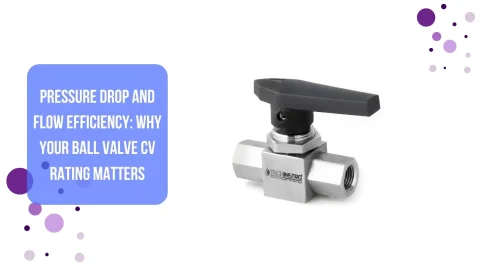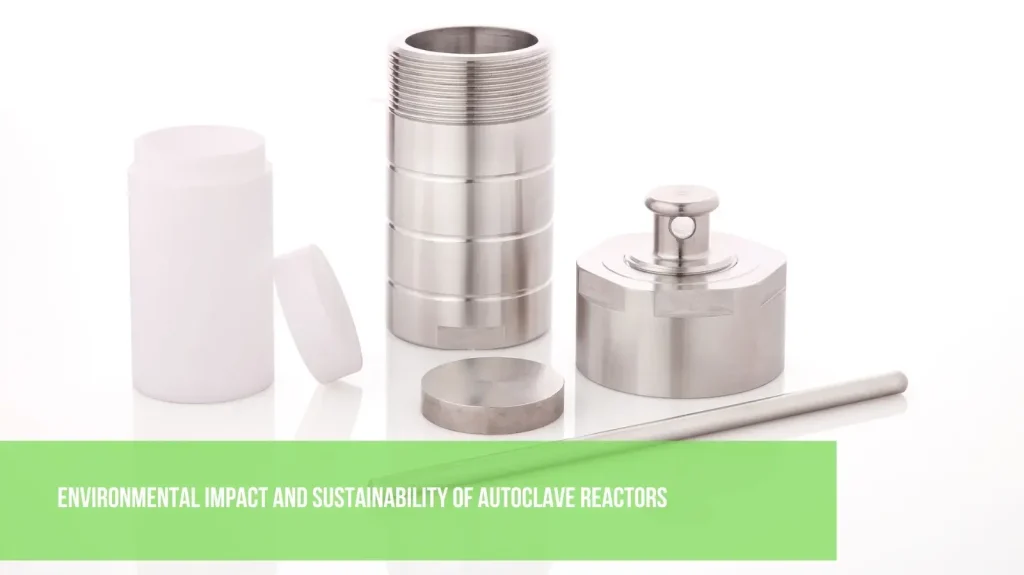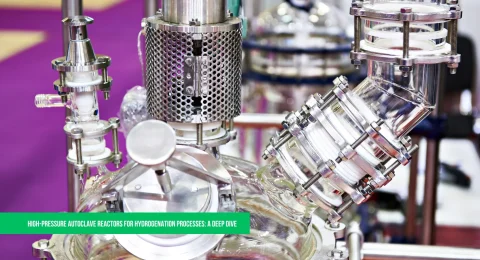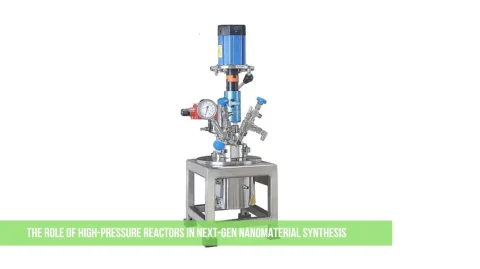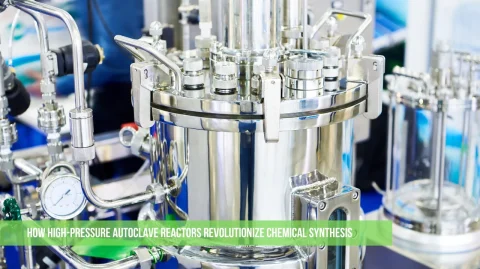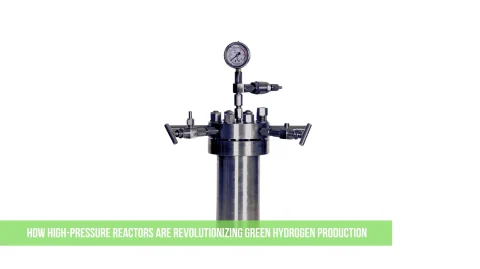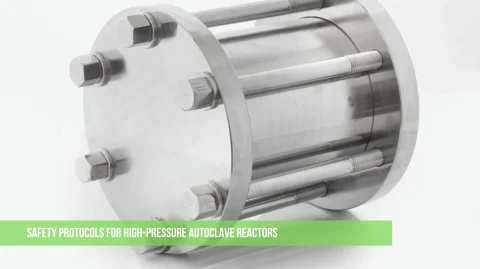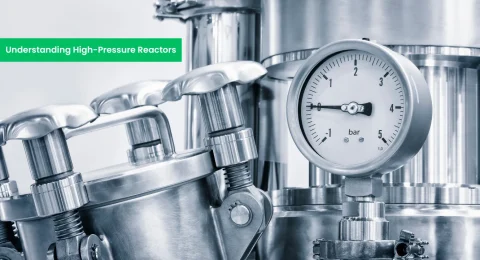Autoclave reactors are powerful tools used in industries like chemicals, pharmaceuticals, and materials science. They allow scientists and engineers to perform reactions under high pressure and temperature, which can speed up processes and create new materials. But like any technology, autoclave reactors have an impact on the environment. The good news is that with careful design and operation, they can also contribute to sustainability. Let’s explore how.
Environmental Impact of Autoclave Reactors
Energy Consumption
Autoclave reactors often require a lot of energy to maintain high temperatures and pressures. This energy usually comes from fossil fuels, which can contribute to greenhouse gas emissions and climate change.
Waste Generation
Some reactions in autoclave reactors produce waste, including harmful byproducts or unused chemicals. If not managed properly, this waste can pollute air, water, or soil.
Resource Use
Building autoclave reactors requires materials like stainless steel or special alloys, which need mining and processing. These processes can have environmental costs, such as habitat destruction and carbon emissions.
Safety Risks
High-pressure systems can pose risks if not handled properly. Leaks or accidents could release toxic chemicals into the environment.
How Autoclave Reactors Can Be Sustainable
Despite these challenges, autoclave reactors can be designed and used in ways that minimize their environmental impact and even support sustainability. Here’s how:
Energy Efficiency
Modern autoclave reactors are being designed to use less energy. For example, better insulation and advanced heating systems can reduce the amount of energy needed to reach high temperatures. Some reactors also use renewable energy sources, like solar or wind power, to reduce their carbon footprint.
Waste Reduction
Scientists are developing ways to make reactions in autoclave reactors more efficient so they produce less waste. For example, using better catalysts can help turn more raw materials into valuable products, leaving fewer byproducts behind. Additionally, waste treatment systems can safely process and recycle any leftover materials.
Green Chemistry
Autoclave reactors play a key role in green chemistry, which focuses on creating processes that are safer for the environment. For instance, they can be used to develop biodegradable plastics, clean fuels, or non-toxic chemicals.
Recycling and Reuse
Instead of discarding materials after a reaction, some industries are finding ways to reuse them. For example, water or solvents used in autoclave reactors can often be cleaned and reused, reducing the need for fresh resources.
Sustainable Materials
Researchers are exploring ways to build autoclave reactors using more sustainable materials. For example, some new alloys are not only strong and corrosion-resistant but also easier to recycle.
Carbon Capture and Storage
Autoclave reactors are being used in cutting-edge research to capture carbon dioxide (CO₂) from the air and turn it into useful products, like fuels or building materials. This helps reduce greenhouse gases in the atmosphere and fight climate change.
The Bigger Picture
Autoclave reactors are just one piece of the puzzle when it comes to sustainability. While they do have an environmental impact, their ability to create innovative solutions—like cleaner fuels, safer medicines, and advanced materials—makes them valuable tools for a greener future. By focusing on energy efficiency, waste reduction, and green chemistry, we can ensure that autoclave reactors are part of the solution, not the problem.
Conclusion
Autoclave reactors are powerful and versatile, but their environmental impact depends on how they are designed and used. With advancements in technology and a focus on sustainability, these reactors can help us tackle some of the world’s biggest challenges, from reducing pollution to developing renewable energy. By making smart choices today, we can ensure that autoclave reactors play a positive role in building a more sustainable tomorrow.
